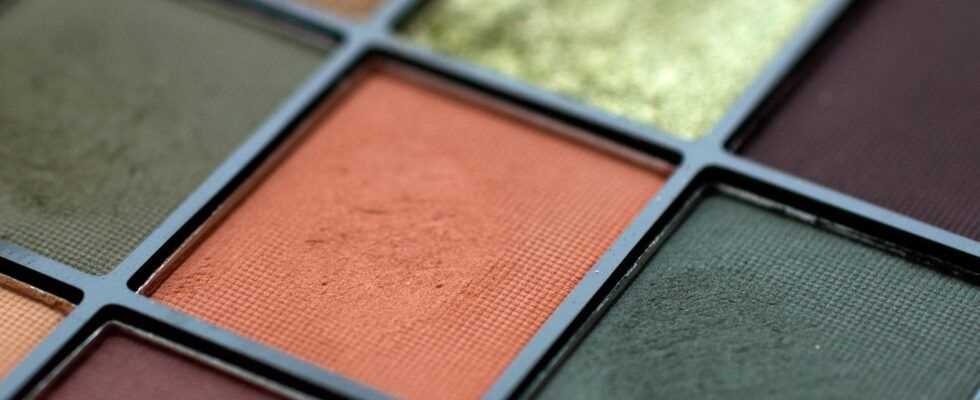We have all experienced make-up failures – but now we also know how to save them. We asked Marc Reagan, Global Director of HOURGLASS.
Make-up is routine for many of us. No matter whether minimalist or extravagant. But that doesn't mean we can't have a bad day. Once the make-up has gone wrong, there is only one thing left to do – remove make-up. Or not? We asked professional Marc Reagan, Global Director of HOURGLASS Cosmetics, about the biggest make-up failures and how we can save them again.
Foundation fail
We've all probably seen us apply foundation and concealer and get pretty shocked when we look in the mirror. Highly opaque products ensure that, firstly, we could look like a ghost and, secondly, we simply have way too much product on our face. Not nice, especially if you don't need such a strong coverage. Marc advises:
If foundation and concealer look too heavy or cakey, try adding a little moisturizer to make them lighter to moisturize and plump up the skin.
So you can mix foundation and care – or apply both directly one after the other. Ideally, as long as the care has not yet moved in. Then the products combine really nicely. Alternatively, a primer also works great for this. In general, applying too much of complexion products to Marc is one of the biggest make-up mistakes ever: "Concealer and foundation should be used on an 'as much as necessary' basis. It should look like they're flawless in tone and texture and don't sit on the skin like a mask. "
Eyeshadow on point
We've all failed when it comes to eyeshadow. Once it has become spotty and somehow much too dark, there is no going back. "If the eyeshadow looks blotchy on the eye, it can be an indicator that you should use an eyeshadow primer. The Hourglass Veil Eye Primer smooths the skin, moisturizes and brightens the eyelid before you apply the eyeshadow," says Marc .
Many use concealers instead of eye shadow primers. However, this is not necessarily a better choice, as it can slide around more on the skin than a primer and can also distort the color of the eyeshadows.
Key to contouring
Last and most difficult construction site: the contour. Many do not even dare to contour, because it can often look blotchy or just weird if it is not on point. Marc reveals how we can save it:
The key to contouring is to start with little product and only build up as much as necessary. Use cream textures, they are easier to blend into the skin.
Right! Creamy products are usually not so heavily pigmented that you can't overdo it so quickly. If in doubt, you can use a beauty sponge to apply a little foundation over it so that the contour looks very subtle. Definitely a game changer!
